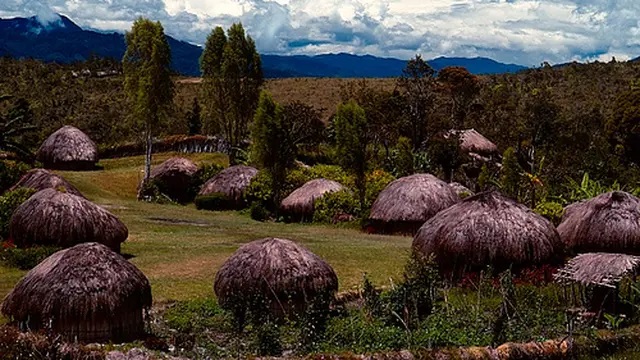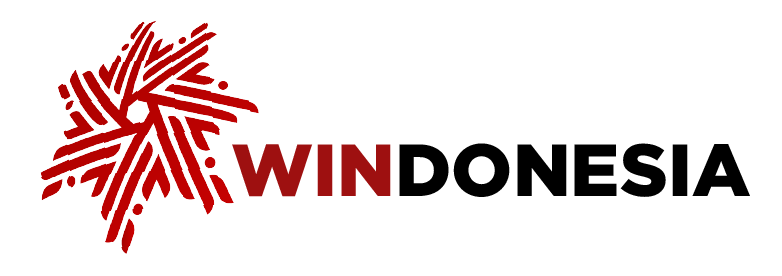News
Lorentz National Park, the largest protected natural area in SEA
WINDONESIA May 6, 2025 The Lorentz National Park. (worldbeautifulcities.com)
The Lorentz National Park. (worldbeautifulcities.com)
The Lorentz National Park is one of the most impressive conservation areas in Indonesia and the world. Located on the island of Papua, this national park stretches across three provinces, namely Highland Papua, Central Papua, and South Papua.
With an area of around 2.4 million hectares (ha), it is the largest national park in Southeast Asia and is one of the few places on earth that covers starkly differing biomes - from snowy peaks to tropical beaches.
The Lorentz National Park's geographic extent across three provinces also makes it a strategic area in preserving the complex and unique ecosystem of Papua. In this area there are the Sudirman Range, which are part of the Maoke Mountains, as well as Puncak Jaya.
The mountain, also known as Nemangkawi Ninggok in the Amungme dialect of the Uhunduni language and as the Carstensz Pyramid, towers over 4,800 meters above sea level (masl), making it the highest peak in Indonesia and the only tropical area in the world that has glaciers.
The transition from coastal zones, swamp forests, lowland tropical rainforests, to mountain tundra and perpetually snowy areas creates a very high biodiversity that is rarely found elsewhere. This varied habitat allows the development of various unique endemic species of flora and fauna, some of which have not yet been fully identified by scientists.
No less than 630 species of birds and more than 120 mammals have been identified in this area, including birds of paradise, cassowaries, tree kangaroos, and various types of charming wild orchids.
The Lorentz National Park area is also host to significant cultural wealth, with dozens of indigenous ethnic groups living in and around the park area who have adapted harmoniously to their environment for thousands of years. They include, among others, the West Dani, Asmat, Amungme, and Nduga peoples, who all have differing belief systems, languages, and traditions.
The lives of indigenous people in this park is inseparable from the surrounding nature, both in terms of spirituality, traditional agricultural systems, and social structure. Therefore, preservation of the Lorentz National Park also involves efforts to maintain the continuity of culture and the rights of indigenous peoples who have long been the guardians of the area's nature.
The park has been recognized as a World Heritage Site by UNESCO since 1999, which shows its importance to the world because of its biodiversity, geology, and extraordinary universal value in terms of cultural wealth.
However, managing such a large national park is not easy. Threats come from various directions, ranging from mining activities, global climate change affecting tropical glacier ecosystems, to unsustainable infrastructure development.
Therefore, the involvement of all stakeholders, including the government, local communities, scientists, and the international community, is needed to ensure the preservation of the Lorentz National Park as a priceless natural and cultural heritage.
Wise conservation efforts must be able to align ecological interests with the social needs of the people living in it so that the sustainability of this area is guaranteed for future generations.

